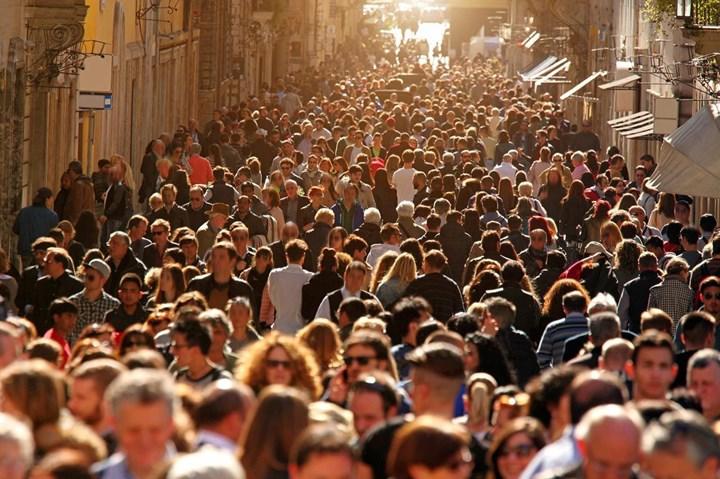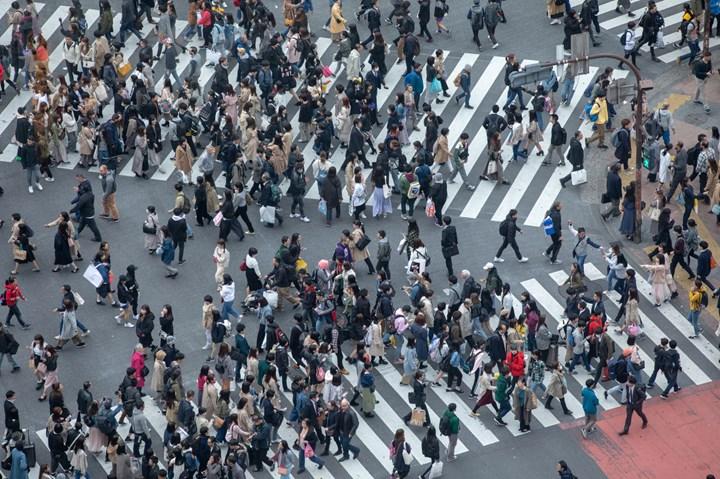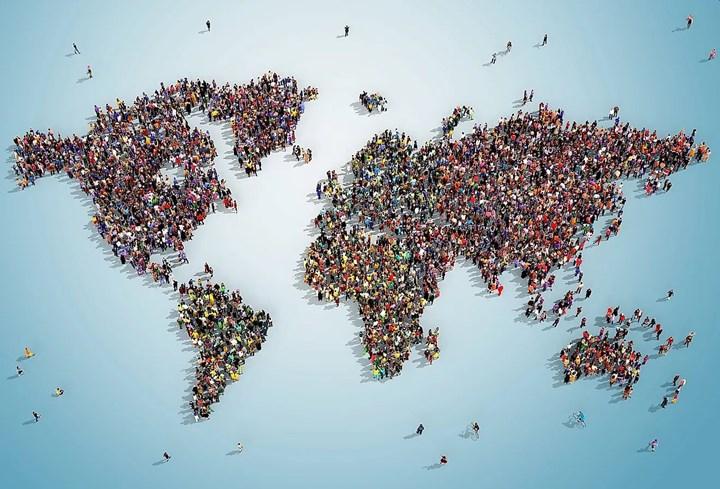 On November 15, 2022, the world population exceeded 8 billion and this was approved by the United Nations. There are also online counters that show real-time population statistics on the Internet.
On November 15, 2022, the world population exceeded 8 billion and this was approved by the United Nations. There are also online counters that show real-time population statistics on the Internet.Our planet has never been so crowded. According to scientists, 100 to 10,000 people lived on Earth with the arrival of Homo sapiens. It took 35,000 years for the number of humans to double.
Then came agriculture. Between 1 and 10 million people lived on the planet at that time, and it took 1,500 years for that number to double. By the 16th century, the time required for the population to double was reduced to 300 years, and by the end of the 19th century this time should have been no more than 130 years.
From 1930 to 1974, the world’s population doubled again in just 44 years. Will this chain continue? So is there a limit to the number of people our planet can hold?
How populated will the world be?
In 1679, Antoni van Leeuwenhoek (a Dutch naturalist) predicted that our planet could not contain more than 13.4 billion people. Modern scholars disagree with this view, as Antoni only considers regional characteristics.
Experts now identify three factors contributing to Earth’s overpopulation:
- Simple: the ratio of the number of people to the living area (what Antoni van Leeuwenhoek is talking about);
- Regenerative: Calculates how much people consume resources and how much reserves they will continue with for the future;
- Scalability: The ratio of population growth rate to pacing that provides opportunities for new resources and the potential to increase resources.
 We are concerned with the second factor. Earth’s resources are limited, and that’s a fact. If there are more people, all energy, food and water will be exhausted despite its regenerative ability. Scientists claim that in such a case, the population limit will be 25 billion people. Once this threshold is exceeded, food will run out and the population will naturally decline.
We are concerned with the second factor. Earth’s resources are limited, and that’s a fact. If there are more people, all energy, food and water will be exhausted despite its regenerative ability. Scientists claim that in such a case, the population limit will be 25 billion people. Once this threshold is exceeded, food will run out and the population will naturally decline.What do we know now?
According to the United Nations, there will be 9 billion people in 2037 and 10.4 billion people will live on the planet in 2080. The UN Population Division says the 10 billion limit will not change until 2100. Scientists do not give more figures. Patrick Gerland (UN representative) emphasizes that as demographic experts look to the future, their predictions become more uncertain.
 So far, scientists have not dared to give an exact number for how many people the Earth will be capable of. This number can vary depending on how we produce, consume and manage our resources. Most would agree that there won’t be more than 10 billion people on our planet.
So far, scientists have not dared to give an exact number for how many people the Earth will be capable of. This number can vary depending on how we produce, consume and manage our resources. Most would agree that there won’t be more than 10 billion people on our planet.